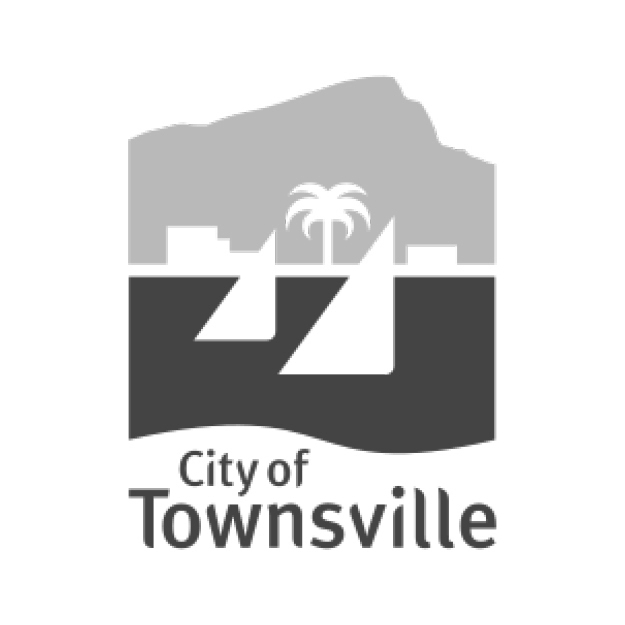Why is Strategic Planning Difficult for Clubs and Organisations?
Strategic Planning for Australian Clubs and Organisations
As grassroots sports club volunteers, you might have come across numerous templates for club strategic plans online, many of which lack that personal touch and excitement. Let’s explore why strategic planning can be difficult for sports clubs, while also highlighting how the process can be enjoyable and engaging.
The main challenge with strategic planning is predicting the future. It's easy to get things wrong, as we've all tried to envision what the future might look like, only to miss game-changing developments. Alan Kay, a computer scientist, once said, "The best way to predict the future is to invent it.". Kay's work at Xerox PARC in the early 1980s laid the foundation for the graphical user interface (GUI), which revolutionised computing and our everyday lives.
The story of GUI emphasises that people often struggle to see beyond the present, making it hard to predict and plan for the future. However, it is possible to embrace the challenge and make the planning process exciting, enjoyable and rewarding.
First, let's consider where your club stands in terms of strategic planning. You might have a current, up-to-date plan that you're actively following, or you might have an expired plan that needs revision. Some clubs are in the process of creating their first strategic plan, while others might be unsure of their planning status. Regardless of your situation, understanding the different components of a strategic plan and how they were put together is the first step to start your planning process.
To make the strategic planning process more enjoyable, focus on collaboration and engagement. Involve as many people as possible, from club members to stakeholders, to create a sense of ownership and commitment. As you work together, remember that the process itself can be more valuable than the final plan.
When planning, think creatively and be open to new ideas. Consider the evolving needs of your club and its members, as well as external factors such as technological advancements, changing demographics and social trends. Don't be afraid to explore unconventional or bold ideas — after all, the best way to predict the future is to invent it.
Another key aspect of strategic planning is adaptability. As you know, predicting the future is not an exact science. Be prepared to adjust your plan as circumstances change and new information becomes available. This flexibility will help your club remain resilient and ready for whatever the future holds.
Remember to have fun throughout the process. Planning for your club's success should be a fun and energising experience. By embracing the challenge of strategic planning, you'll not only create a roadmap for your club's future but also foster a culture of collaboration, innovation and adaptability.
Strategic planning for sports clubs can be difficult because predicting the future is inherently challenging. However, by approaching the process with a sense of excitement, engagement and adaptability, you can create a strategic plan that not only guides your club's future success but also brings your community closer together. So, let's embrace the challenge and enjoy the journey towards a brighter future for your sports club.
Not sure how to start your strategic planning process in your club? Get in touch today with CPR Group, the industry experts in planning alongside Australian clubs and organisations for over 25 years.
Call 1800 100 204 or email info@cprgroup.com.au
Sign up to CPR Group’s newsletter for expert industry advice to make your club the best it can be!




























